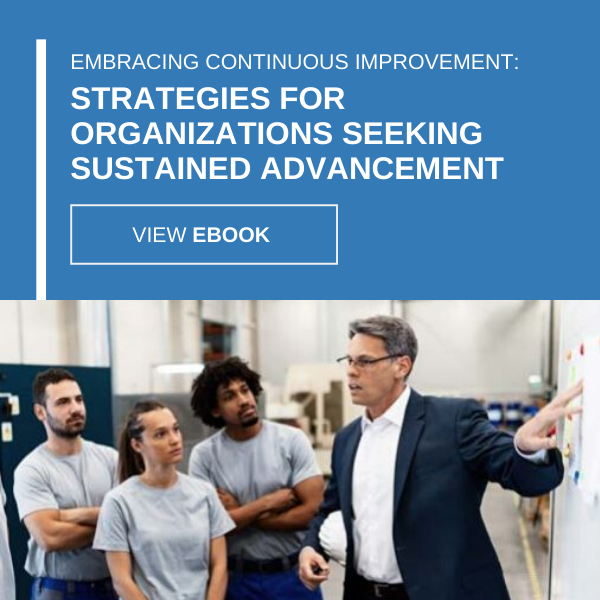
Maximizing the Value of a Process Task Analysis
You don’t need to whip out a textbook or ask your favorite search engine what process task analysis is – it’s in the name. You have a process made up of tasks and you wish to analyze them. Simple, right?
What might not be as clear cut is the value something as straightforward as task analysis could provide any industry with complex processes, particularly to employees assigned to carry them out. According to a study published in the Journal of Applied Sciences, human error leads to 9 out of every 10 errors in the workplace. In the wrong asset-intensive industry, an honest mistake could lead to machine failure, wasted resources, and perhaps even operator injury.
As such, companies in a continuous state of expanding operations should frequently set aside time to assess if the intricacies of their processes undermine enhancing productivity. And that’s where a process task analysis comes into play. When conducting a process task analysis on operations in your business, the following tips could help reveal more about your operations for greater understanding and adjustment.
Break through the surface to find the real problems with your processes.
Drill down complexity to achieve clarity
Before performing a process task analysis, you’ve no doubt visualized the operations in question using process mapping best practices. In doing so, one thing should become immediately clear once the process has been laid out before you: Are your complex processes too complex?
Innovative businesses or those that take a new approach to their corner of their industry always tread where others haven’t. Trailblazing isn’t easy. However, untenable complexity may spring from companies trying to build out new processes on top existing ones over time instead of examining whether a new component added onto an existing process calls the whole thing into question.
For instance, an organization with disparate data reporting applications for each of its departments may develop and attempt to hone systems for transferring important documentation interdepartmentally. A process task analysis may demonstrate the best course of action would not to merely try to simplify the manual transfer processes per se, but reimagine how the company in question shares information in general. Perhaps instead, the business should find a more expansive enterprise resource planning software that integrates well across all departments, cutting out manual transfers altogether.
“Simple processes can destroy one element of processes optimization: uniformity.”
Don’t underestimate simple operations
All processes, even the little ones, are worthy of the attention of your organization. While business leaders might believe operations with short, linear process maps couldn’t possibly be trouble, they can be particularly destructive to one element of process optimization: uniformity.
If a defined process leaves a lot of room for participant interpretation, it increases the risk of mismanagement and inefficient performance. A process task analysis of these seemingly unassuming processes would reveal they are, in fact, missing major steps to ensure a standardized system adhered to by all workers. Use a process task analysis to uncover ways to flesh out process maps with greater detail and information for more realized operations.
Collaborate with operators on best solutions
For a process task analysis to deliver optimal results, decision-makers can’t mistake surface-level problems for root causes. That’s why workers who perform processes under scrutiny ought to play a pronounced role in the analysis.
Do employees believe repetitive actions performed within a set process impair their productivity? It may be worthwhile to research how automated technologies could ease some of the pressure and reduce human error or fatigue. Additionally, operators may lack a depth of training required to perform their jobs well, rather than simply perform them. The manufacturing sector knows this all too well – according to a 2015 report by the Manufacturing Institute, a widening hiring gap for talented individuals over the next decade may leave hiring managers no choice but to take on less-than-qualified workers and train them on site.
Solutions like this can work and work well, so long as employees all receive the same quality of training. A process task analysis, therefore, could lead business leaders to enhance ancillary support materials, as opposed to more direct components of the processes they assess. You’re not getting off track by working on these resources – you’re building a foundation for better operations to come.





